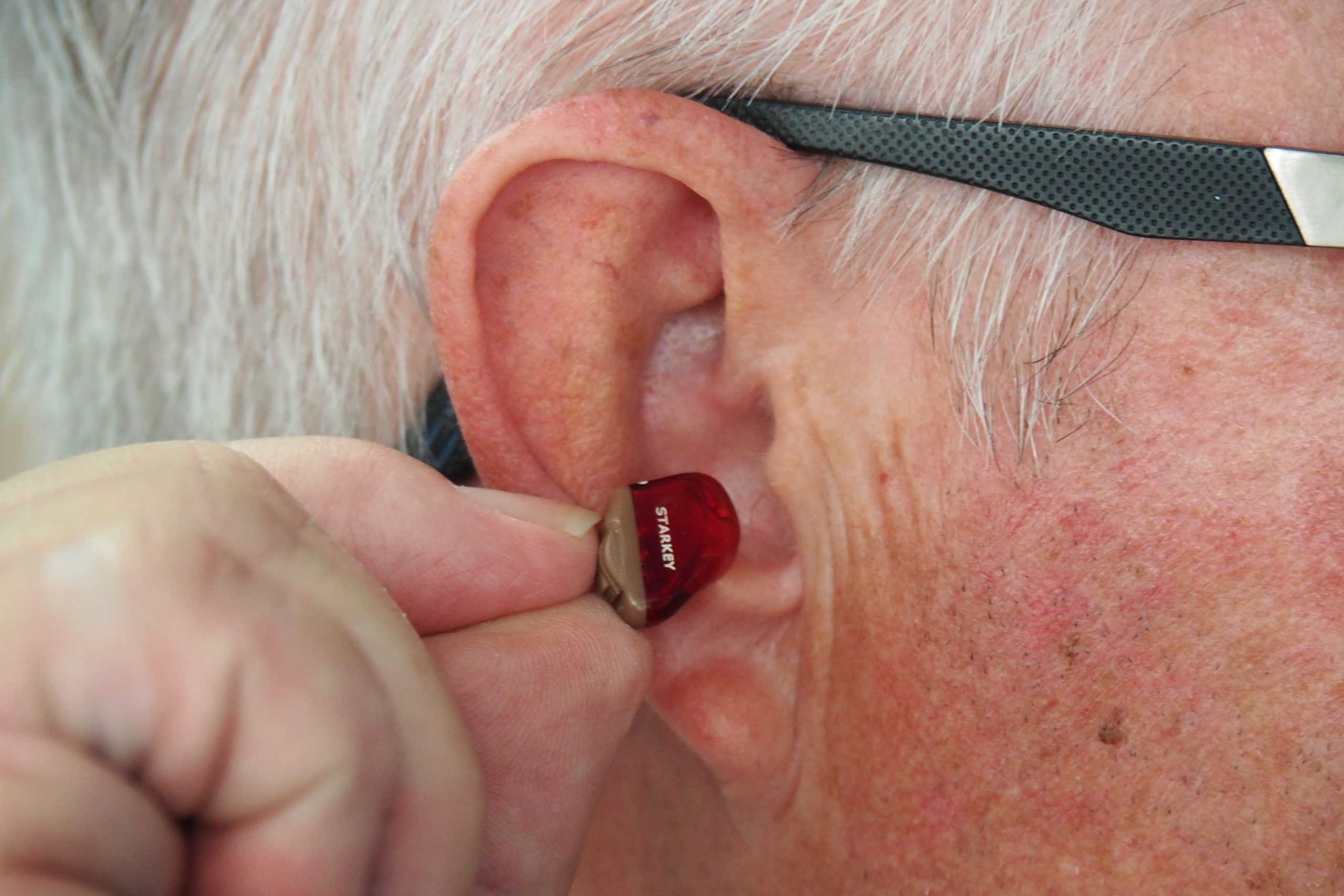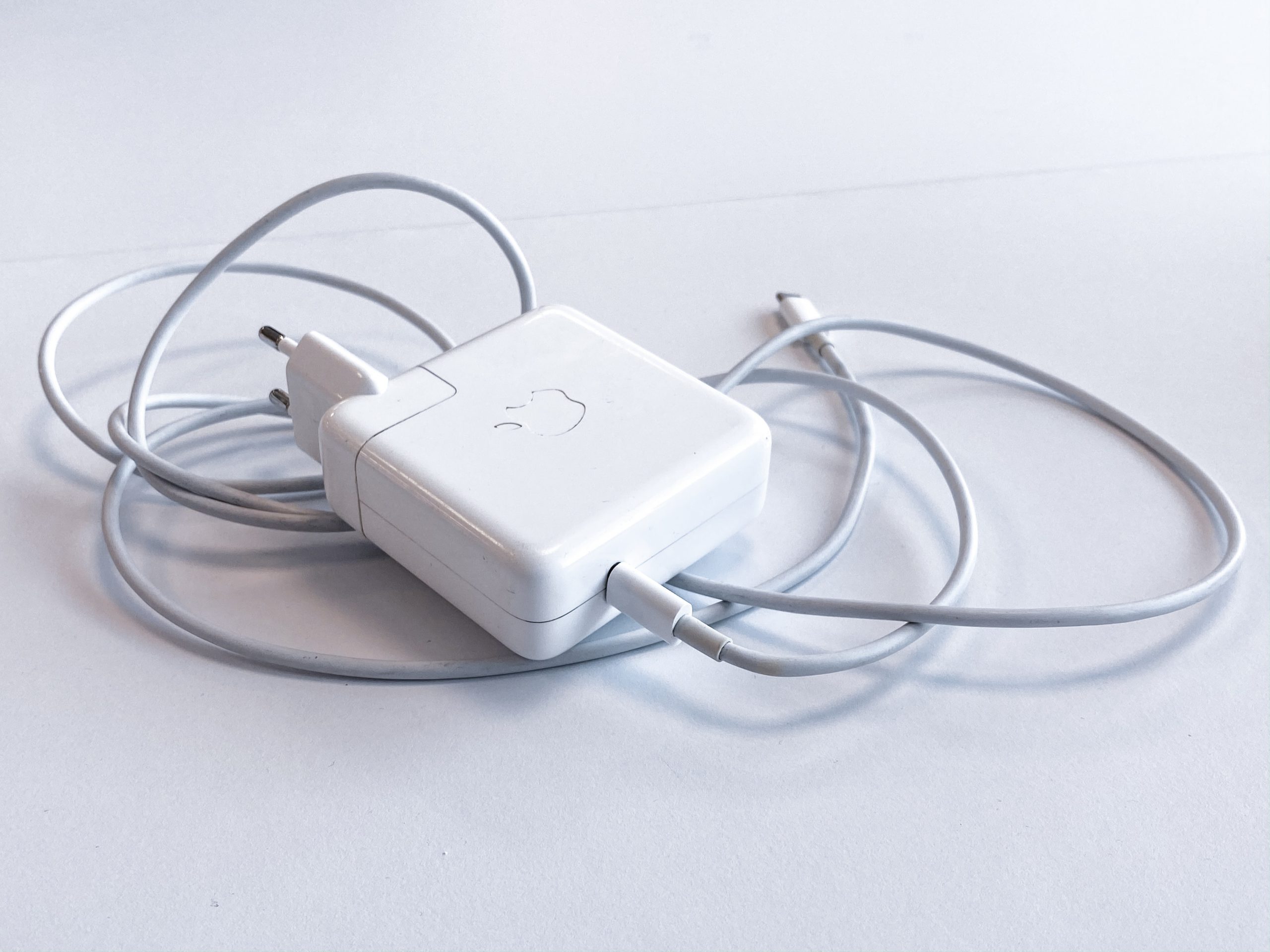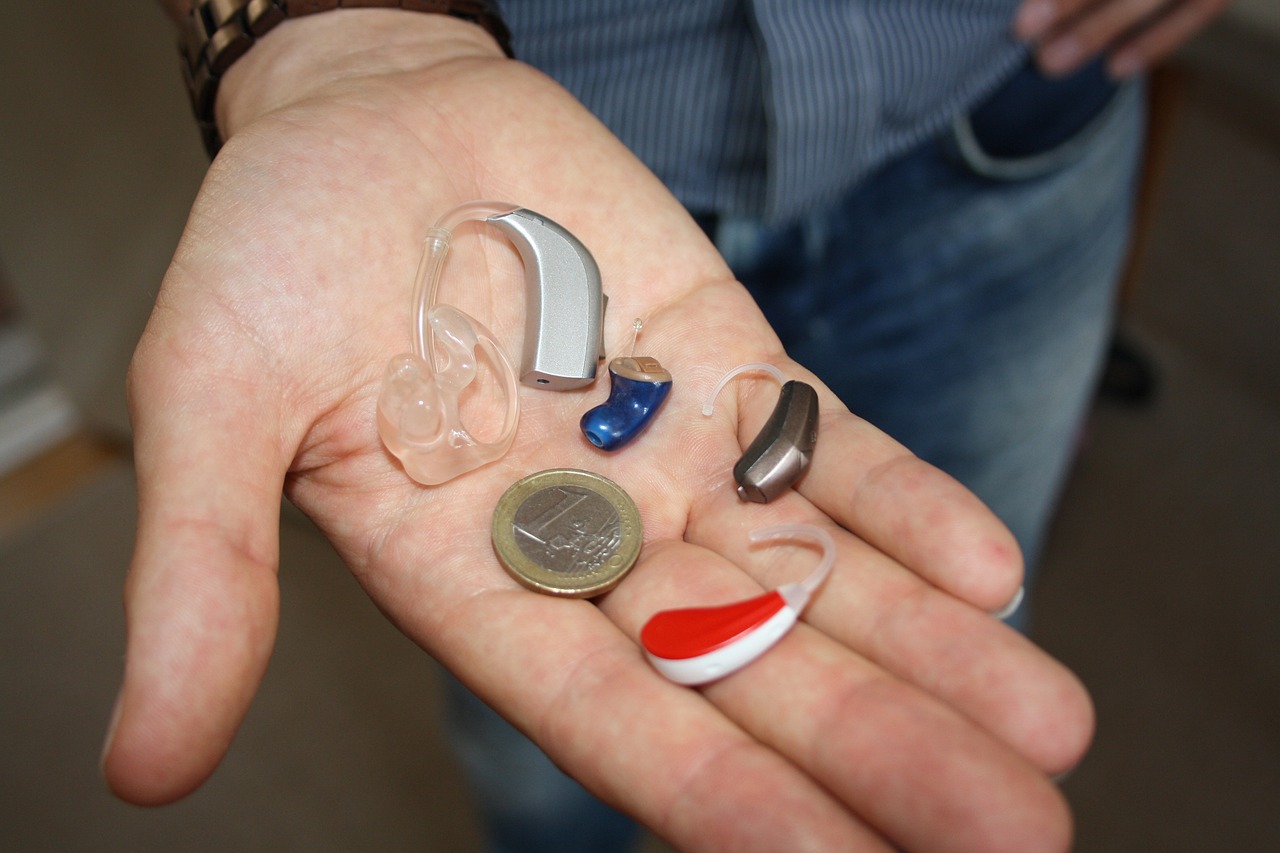
Every individual has a different shaped ear – for that reason alone, finding the perfect fit is an important consideration when seeking to buy a new hearing aid. Luckily, custom earmolds exist to make sure you get a perfect fit!
These special hearing aids are custom-made devices, designed to fit snugly into the ear of the wearer like a well-fitting plug. Without a snug-fitting earmold, sound can leak out of the ear and back into the hearing aid, causing feedback.
Contents
Why Do Earmolds Have Different Shapes and Sizes?
While you might think that the outcome of the earmold will just depend on the anatomy of the wearer’s ear canal, there’s a bit more to it than this. Certainly, an earmold is created by taking a mold of the inside of your ear so it matches and comfortably fits into your ear canal.
However, some other factors are taken into account by the hearing professional when making your device. They’ll also be thinking of what function the earmold needs to serve and how tightly the earmold needs to seal your ear canal.
The size of the custom earmolds are also usually determined by the power level of the hearing aid it is a part of. With a greater power level comes the need for larger custom earmolds.
What Are Custom Earmolds Made Of?
Earmolds can be made of a few different materials. You can get soft types such as silicone and vinyl, and hard types like acrylic and lucite. Sometimes manufacturers use a mix of materials.
You will also have some say in what material is used to make your earmold (ie; if you want softer or harder materials due to a previous experience). If harder materials don’t bother you, they can make a durable device which is also good for those with dexterity issues.
You might have allergies (for instance, some people are allergic to silicone) which will prevent the use of certain materials. Hypoallergenic materials are frequently used, so if you have had a bad reaction to an earmold, a replacement can be prepared which is unlikely to cause an adverse effect.
How to Insert Your Earmold
Inserting your earmold can be tricky and many people find this a difficult task when they first get their hearing aid. It can take a bit of practice, so keep with it and don’t give up!
Follow these steps to insert your earmold:
- Hold your mold by the handle using your hearing aid side hand.
- Bring your hand up to your ear and aim to align the lower part of the earmold into the ear canal, and the upper part under the flap of skin at the top. Tucking the top part under ensures that the mold is kept in place and all points are well-aligned.
- Take your hand slowly to your ear and against your skin without changing your hand or wrist as this will change the alignment. This is a crucial step as bad alignment can make your ears sore from poor fitting and repeated attempts.
- Upon feeling the tip of the mold in your ear canal, tilt your hand inwards slightly to assist the top piece in moving under the flap of skin.
- You can start to guide the mold further into the ear. You’ll notice that the handle piece will start to slip into the back of the ear. Move your thumb out of the way if need be.
- The shape of your ear may require you to pull your ear lobe down/back to open the bowl of the ear and allow the mold to slip over the outer ridge of your ear and into the correct position.
- Take your thumb out from behind the handle and use your forefinger to push the handle into the bowl securely (slightly backward and inwards). You should be able to let go of the mold. It should stay in position. Your hearing aid will hang next to your ear.
- Take hold of the hearing aid and lift it up and forward to put it behind your ear. It should naturally slide into the crease between your ear and head. Don’t twist the hearing aid as this can mess with positioning. Your hearing aid should now feel secure!
Remember, if you have it in your ear for two minutes without successfully inserting the mold, take it out, check your alignment, and try again. If you continue to struggle with the insertion, you might need to go back to your audiologist or hearing health professional for a demonstration.
How to Care for Your Custom Earmolds
Never place your earmold on surfaces where bacteria and fungi tend to grow such as desks, counter-tops, or pockets. Only store it in a container that can be washed out with soap and water (this might come with your hearing aid) and don’t let other people handle it.
Earmolds present a risk of infection, but this can be managed with correct maintenance. Simply cleaning it is not enough; you should disinfect it every day.
Cleaning your earmold involves the removal of dirt, dust, and other visible blemishes on the device’s surface area, but germs are not removed during this process. Dry tissues, dry paper towels, cleaning brushes, and wire loops can all be used when you wish to just clean. Disinfecting your earmold involves removing all contamination and germs from the device. Moist non-alcohol-based disinfectant surface wipes or spray can be used.
An earmold only needs to be sterilized when it has come into contact with contaminated bodily fluids (like blood or mucus). You will need to bring your hearing aid to your hearing health specialist who will then submerge it in a bath of a germicide solution for the appropriate period of time.
How Often Do You Need to Replace Custom Earmolds?
If your earmold becomes discolored, is ripping, isn’t fitting right, or is often coming out of your ear, it is probably time to consider replacing your earmolds.
If you’re getting feedback or whistling from the hearing aid then that means it is not fitting correctly anymore as this shows that sound is escaping from your ear and being picked up again by the hearing aid’s microphone.
The length of time that people keep their earmolds varies, as there is no definite lifespan for them. You’ll need to keep an eye on your device and take note of any of these changes.
Also, if your ear shape changes it will likely require a bit of adjusting. Molded hearing aids will need to be checked from time to time to ensure it still fits correctly.
Custom Earmolds for Other Use
Custom earmolds are not only made and manufactured for hearing aids. They can also be used as custom fit earbud tips for your favorite listening devices of any brand!
There are many earbud brands using new form-fitting materials to offer a custom fit. You can even buy custom earmold kits to create your own earmolds and use those to make your customized ear tips.
With custom earmolds becoming more affordable and accessible, you can now enjoy devices from all different brands with your customized earmolds. One perfect example is using your customized earmolds with your Olive Pro device!
The custom earmolds may help you have a more comfortable fit, and the chance of feedback is reduced with a form-fitted ear tip seal. If you are having trouble with your Olive Pro or any other device because the ear tips are not the correct size or they hurt your ears, custom earmolds may be the solution for the perfect fit for you!
The information in this guide has been written using the following reliable sources:
https://www.truhearing.com, https://www.mcht.nhs.uk, https://hearinghealthcenter.com









